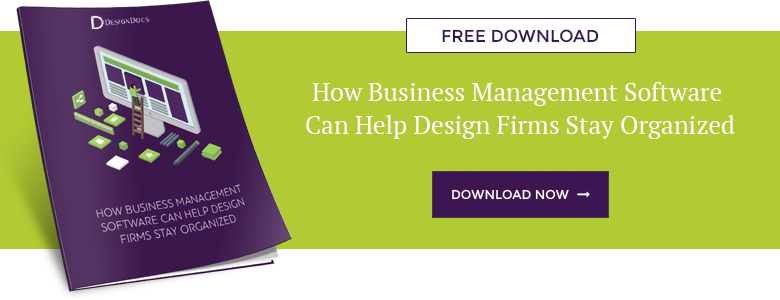When you started your interior design firm, you probably thought about all the reasons why running your own business was a good fit for you: You’re passionate about interior design, you want the freedom to run a business your own way, and you want to have creative freedom! Few designers start their own firm because they love the administrative and accounting work involved. For most, accounting for interior designers takes a significant chunk of time and makes running a successful business much more arduous. Here are a few tips to help simplify the process.
Keep Personal and Business Transactions Separate
It may be tempting to use your business credit card for personal transactions in a pinch, or vice versa, but to keep your records complete, you’ll need to record transactions to account for these purchases. This creates added complications that you don’t want or need to deal with. Keep business and personal bank accounts and credit cards separate to avoid the headache and save yourself hours of backtracking and sorting out crossover transactions.
Consider Staff Costs
Labour is likely one of your biggest business expenses, and tracking the time and expense of you and your staff members can reveal a lot of useful information. Whether you’re a sole proprietor or a firm with many staff members, it makes sense in the accounting for interior designers to track the cost of wages, overtime, perks, etc. Use the information to understand if you’re overspending, and see where changes can be made procedurally to save time and money. Maybe there is a way to redistribute money to incentivize staff or shake things up for the next business year. Either way, having the information makes it easier for you to determine the best path forward.
Schedule Regular Meetings with Your Accountant
Pencil in regular meetings with your bookkeeper or accountant. Actually, use a permanent marker. This is a critical practice in maintaining a deep understanding about what is happening in your business financially and otherwise. Having information at your fingertips allows you to identify strengths and problems, to be proactive on issues that need to be addressed, and to make important decisions for the future. Don’t let too much time pass between meetings. Keep in touch and become a well-oiled machine–spend a bit of time on a regular frequent schedule instead of hours catching up only occasionally.
Categorize Expenses
Even if you’re meeting for a coffee or lunch to discuss something related to your business, record the expense right away and categorize it. Setting up your expense accounts to what makes sense for your business will make the tracking of your expenses a straightforward process for you or whoever is entering the expenses receipts.It will also allow you to review your expense reports and locate areas of the business where too much money is being spent, and where you may invest more to increase sales.
Do Your Accounting in the Cloud
One of the easiest ways to simplify accounting for interior designers is to do your accounting in the cloud. This simple switch to online software makes your business more accessible to you, your staff, and your bookkeeper, which makes it all the more likely that everyone keeps their tasks up to date. Everyone will enjoy these necessary tasks more when they have a modern software in which to work, ensuring you have access to quality information. When tax time and year end approach, you’ll be ready for it!




